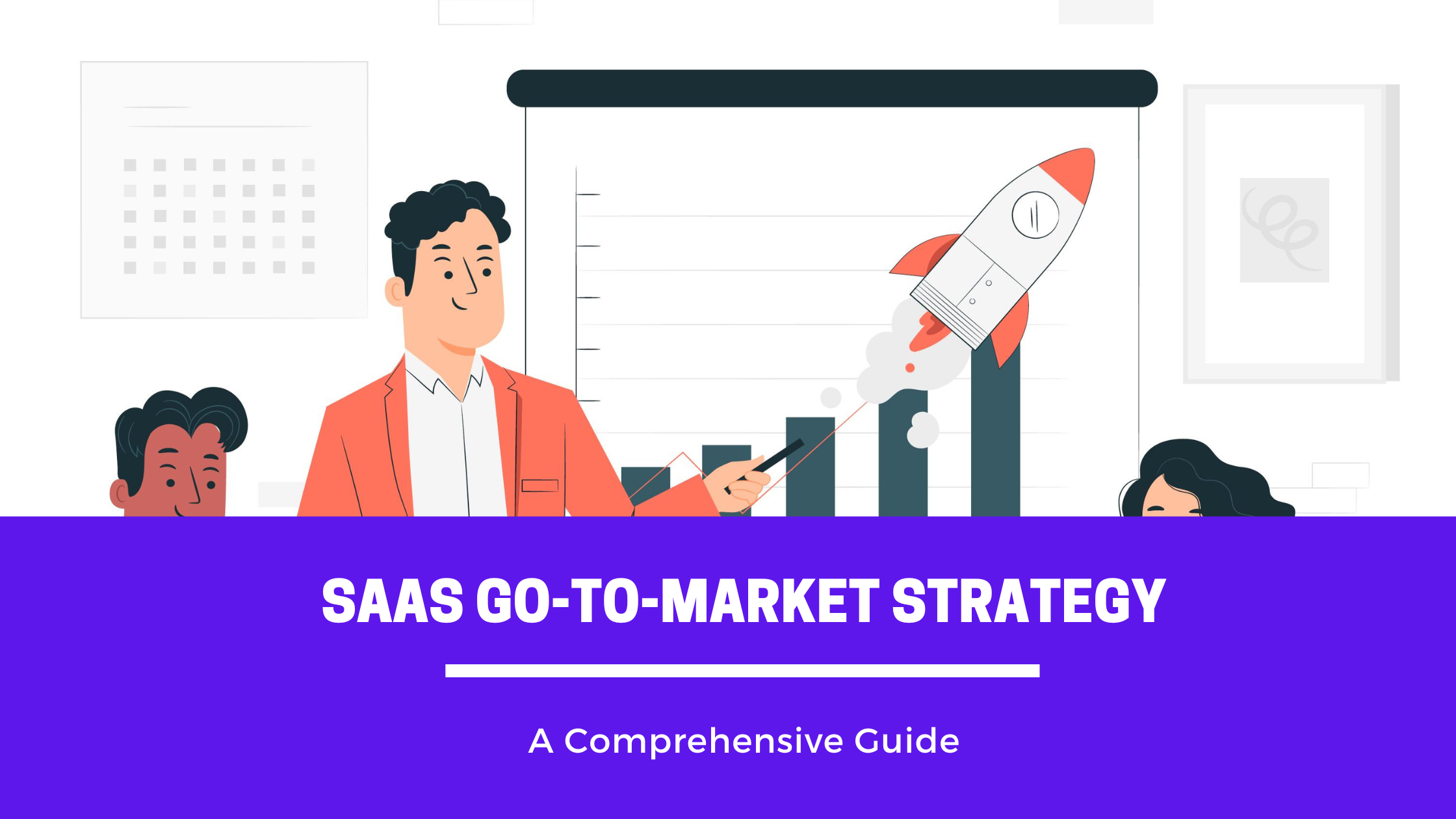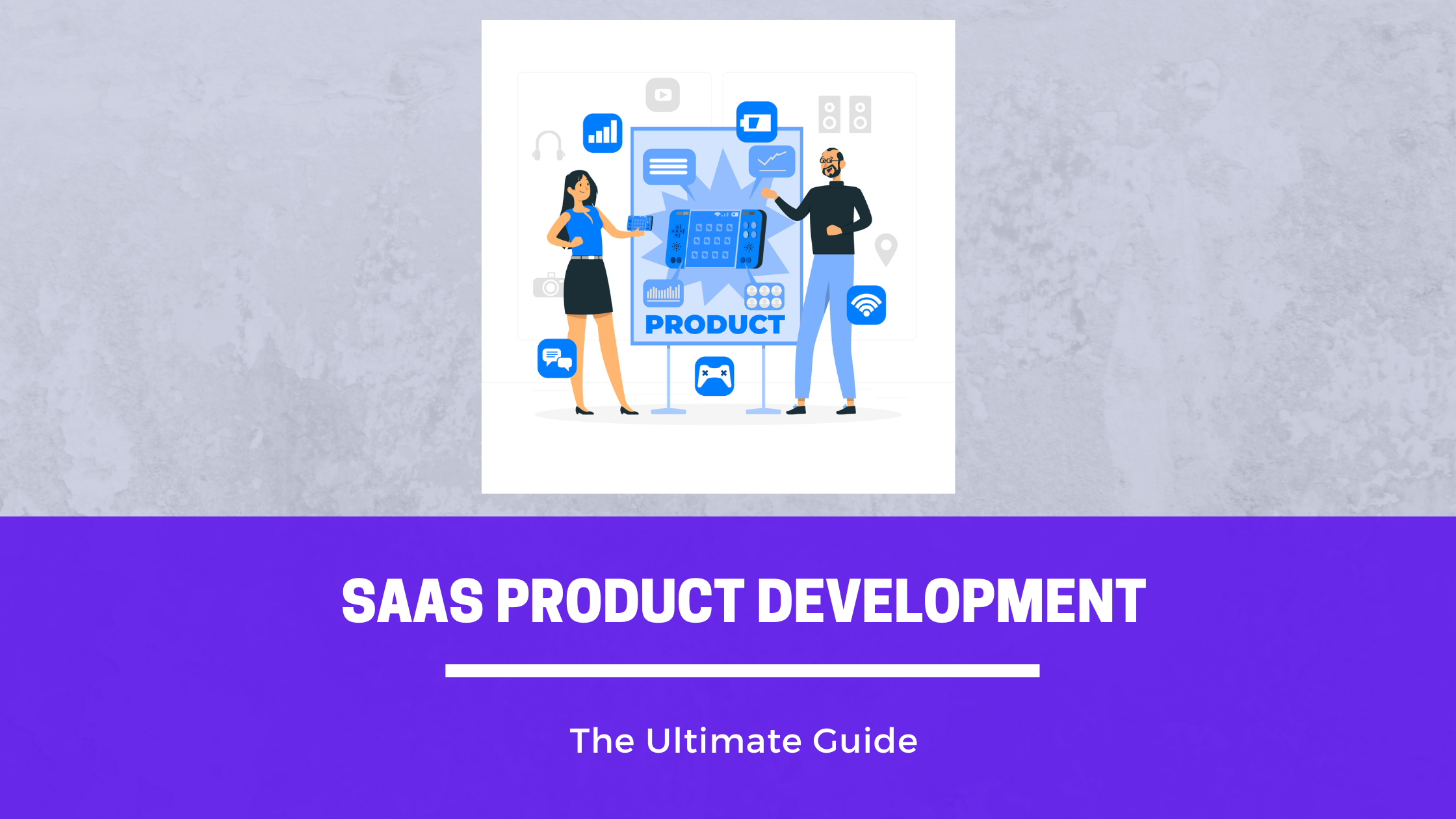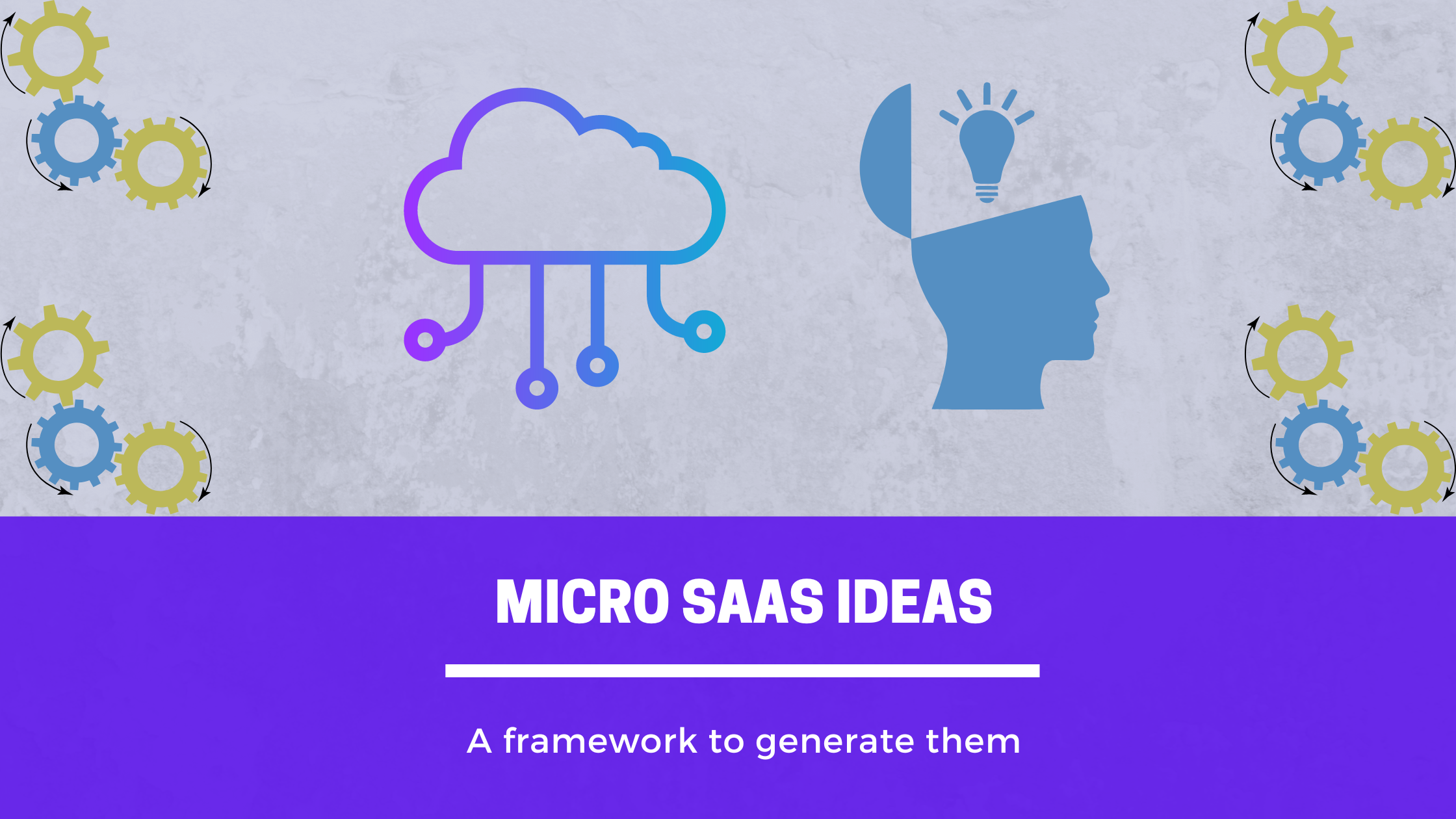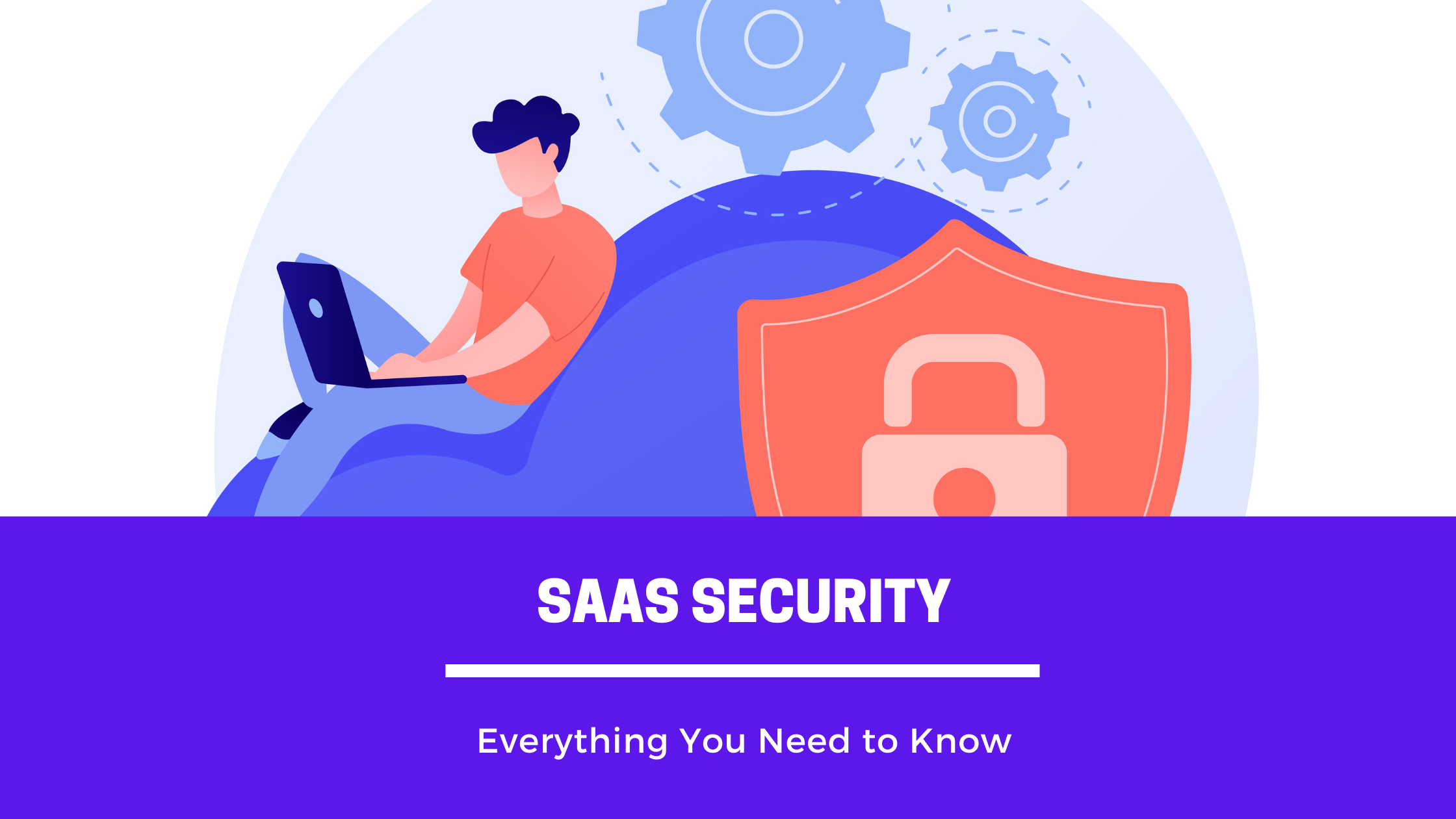If you’re new to the world of software delivery, you may have heard the term “Software as a Service” or SaaS. But what exactly does it mean, and how does it differ from other software delivery models? In this beginner’s (saas for dummies) guide, we’ll explore the basics of SaaS and its benefits for businesses of all sizes.
What is SaaS (for dummies)?
Software-as-a-Service (SaaS) is a model in which users access software through the internet, rather than downloading and installing it on their own hardware. These SaaS applications can be accessed through a web browser.
The application provider hosts the software on their servers and allows users to access it over the internet. The provider is responsible for ensuring the security, performance, and availability of the hosted software. When using SaaS, users pay for the entire service, including the software hosted on servers, rather than just the software code or package. This is why it’s called Software-as-a-Service (SaaS).
SaaS Characteristics (for dummies)
To provide historical context and help you understand why SaaS is a relatively new phenomenon, let’s look at the traditional approach to software. Historically, software (enterprise tools) was sold as packages that buyers would install on their own servers. This meant that maintenance and security became the buyer’s responsibility. While this approach may make sense for large enterprises with large IT teams, it was not feasible for small or medium-sized businesses. They needed an easier way to use the software without having to maintain it. The SaaS model enabled this change.
The SaaS model primarily captures two key characteristics: how software is delivered and how it is licensed.
SaaS Delivery (for dummies)
In the SaaS model, software is primarily delivered through the internet, typically via a web browser. The vendor is responsible for deploying the software on their own servers and providing you with a secure way to use it. This is different from the traditional model, where the vendor would only provide a software package for you to install on your own servers.
The SaaS model offers several advantages:
- Ease of use: Since you access the software through a simple web browser, using SaaS applications is generally much easier.
- Faster feature delivery: Because the vendor controls the codebase and servers, they can ship new features within hours. In the past, vendors had to send software patches that users had to update.
- Hands-free security and maintenance: SaaS applications require zero maintenance and can be used by even small businesses without a dedicated IT team. This is a game-changer and ensures that SaaS is the future of software delivery.
SaaS Licensing (for dummies)
The SaaS delivery model changes how software is purchased. Rather than selling software for a one-time, multi-year contract, vendors can now allow customers to rent software instead. This makes it easier for customers to pay as they use, rather than committing to longer-term contracts.
Flexibility
Because of their flexibility, SaaS applications are generally rented rather than purchased outright. Customers typically pay for SaaS applications on a monthly basis. This provides businesses with a lot of flexibility, allowing them to understand the value of the product before committing to long-term agreements.
Examples of SaaS (for dummies)
Let’s take a look at a few popular SaaS applications:
Salesforce
Salesforce is a pioneer in the SaaS industry, offering cloud-based software to manage sales and customer relationships. The software assists businesses in automating tasks, managing customer interactions and streamlining sales processes. Its flexibility and scalability provide businesses with the ability to tailor the software to their unique needs and grow as they expand. Salesforce is highly customizable, making it suitable for businesses of all sizes. The software is designed to help businesses focus on what they do best, serving their customers and growing their businesses. Salesforce is a leader in the industry, providing innovative solutions for managing sales and customer relationships. It is an excellent choice for businesses looking to streamline their processes, increase productivity and customer satisfaction. Salesforce is a one-stop-shop for businesses looking to manage their sales and customer relationships more effectively. With its wide range of features, Salesforce is an indispensable tool for businesses of all sizes.
Zoom
Zoom is a popular video conferencing platform that has gained a lot of attention due to its ease of use and flexibility. With the rise of virtual meetings and remote work, Zoom has become a go-to platform for various purposes, including educational classes, business meetings, and personal gatherings.
One of the key advantages of Zoom is its strong cloud platform, which enables users to participate in online meetings, conferences, webinars, and events with ease.
Slack
Slack is a widely used business communication platform that has become an essential tool for companies worldwide. With Slack, employees can communicate with each other in real-time, share files, and collaborate on projects with ease.
Slack offers a variety of features that make it an ideal method of communication and collaboration. Unlike traditional messaging apps, Slack allows users to separate conversations into channels, making it easier to keep track of different conversations and topics. Additionally, Slack offers a straightforward user interface that is easy to navigate, even for those without a technical background.
Overall, Slack is a powerful communication and collaboration tool that has revolutionized the way businesses operate. Its user-friendly interface, real-time messaging, and compatibility with other apps make it an essential tool for any modern workplace.
Shopify
Shopify is an e-commerce platform that helps merchants set up their online stores. It has a user-friendly interface that allows users to build their e-commerce platforms without prior coding knowledge. Shopify offers integrated SEO features, access to apps, and integration with multiple payment gateways. This allows merchants to customize their stores and enhance its functionality.
SaaS is the future
With the numerous benefits that the SaaS delivery and licensing model provides, it is no wonder that most companies are making the switch towards SaaS. First and foremost, SaaS offers greater flexibility and scalability compared to traditional software solutions. This means that businesses can easily adapt to changing market conditions and customer needs without incurring additional costs or experiencing downtime.
Another key advantage of SaaS is its cost-effectiveness. With a subscription-based pricing model, businesses can save on upfront costs and only pay for what they use. Additionally, SaaS providers are responsible for maintaining and updating the software, which means that businesses can save on IT expenses and focus on their core competencies.
Given these benefits, it is not surprising that the popularity of SaaS is expected to continue to grow. According to a recent report, an estimated 85% of the software used by organizations will be SaaS by 2025. This trend is likely to accelerate as more businesses realize the advantages of SaaS and make the switch to this flexible and cost-effective solution.
Conclusion
In conclusion, SaaS is a game-changing model that provides businesses with greater flexibility, scalability, and cost-effectiveness. With its subscription-based pricing, easy accessibility, and maintenance-free operation, SaaS is the future of software delivery. As more businesses realize the benefits of SaaS, the trend towards this model is only expected to accelerate in the coming years.






